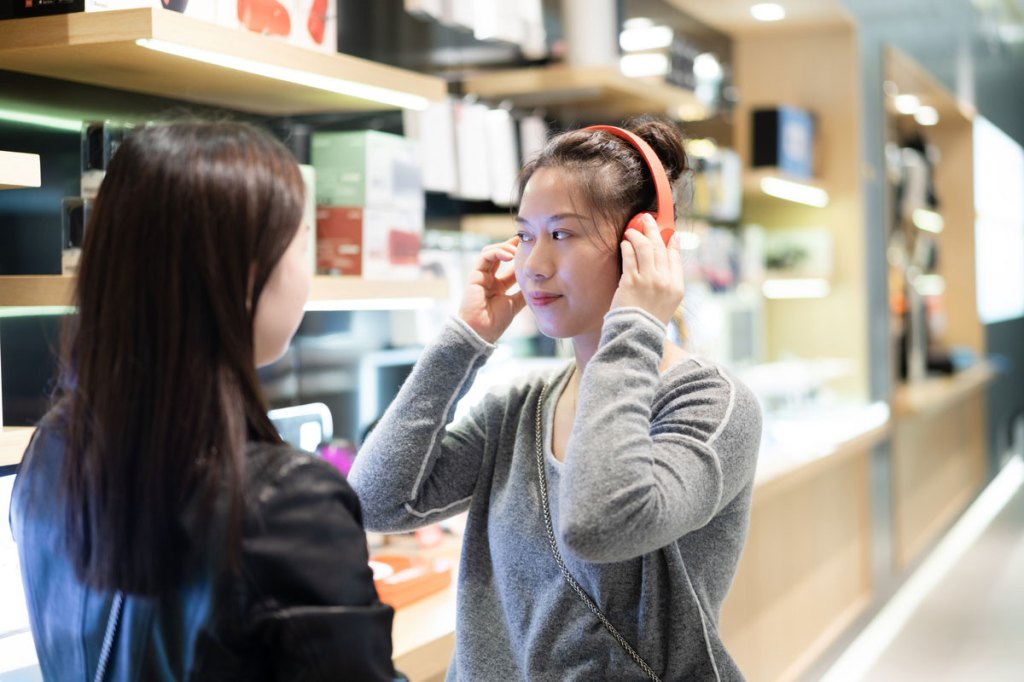Rising infection rates and the need to tighten the lockdown restrictions are weighing on the consumer climate in Germany. While the propensity to buy again increased moderately, economic and income expectations decreased significantly. As a result, GfK is forecasting a decrease of 8.8 points in consumer confidence for May 2021, down 2.7 points from April this year (revised from -6.1 points). These are the findings of the GfK Consumer Climate Study in Germany for April 2021.
Hopes for further easing of restrictions and a revival of consumption have been noticeably dampened. Above all, the tightening of contact restrictions left its mark on economic and income expectations in April. In the previous month, hopes were still high that consumer confidence — also supported by increasing vaccination numbers — could recover more quickly.
Rolf Bürkl, GfK consumer expert comments on the subject: “The recovery of the domestic economy will continue to lag due to the third wave. As in 2020, consumption will again not be a pillar of the economy this year. In the years before the pandemic, private consumer spending had still made an important contribution to the growth of the German economy.”
In their recently published spring reports, leading economic research institutes significantly scaled back their consumption forecasts for this year. According to forecasts, real private consumer spending will hardly increase at all, rising by 0.2 percent compared to the previous year. As recently as last fall, researchers were still forecasting consumption growth of 4.9 percent for this year.
In return, the forecasts for 2022 are raised significantly, with real private consumption expected to increase by 8.5 percent.
Income expectations lose almost all of the previous month’s gains
Especially the sharp decline in income expectations contributes to the fact that consumer confidence is again decreasing after two consecutive increases. The income indicator dropped by thirteen points, slipping to 9.3 points. This means that it has almost entirely lost the previous month’s significant gains (+15.8 points).
At the time of the survey in the first half of March, hopes were still rising among many employees in the retail sector that they would be able to get out of reduced working hours when stores reopened, thus noticeably improving their income situation. These hopes have now been shattered again. Moreover, the tightening of the lockdown is likely to have reignited unemployment fears. There is also worry that this will drive some companies into bankruptcy.
Propensity to buy defies the third wave
Contrary to income expectations, the propensity to buy is still resisting the third wave. After an increase of five points, the indicator rises to 17.3 points. This is the third increase in a row. This actually represents an increase of almost 22 points compared to the same period of the previous year.
Given the tightening of the lockdown, this development initially seems somewhat surprising. However, the exceedingly high savings rate of currently around 16 percent shows that many households have considerable financial resources available for consumption. This can be used to cover demand that has accumulated, for example, in terms of clothing and footwear, if lockdown restrictions are being loosened.
Economic expectations decline
The economic outlook in April paints a similar picture as the income expectations. They, too, lose their gains from the previous month. After a drop of 10.4 points, they slip to 7.3 points. However, this still represents an impressive plus of almost 29 points compared to the previous year.
Due to the lagging recovery in private consumption this year, many consumers apparently also see a weaker development of the economy as a whole. Although exports are rising, especially to China and the USA, weak consumer spending is proving to be slowing down the economy this year. That is why economic research institutes have also downgraded the growth outlook for the gross domestic product (GDP) for 2021 in their current spring forecast by one percentage point from 4.7 to 3.7 percent compared to the fall 2020 forecast.
About our methods
The survey period for the current analysis was April 1 to April 12, 2021. The results are extracted from the “GfK Consumer Climate MAXX” study and are based on around 2,000 consumer interviews per month conducted on behalf of the European Commission. This report presents the indicators in graphical form, accompanied by brief comments. Consumer confidence refers explicitly to all private consumer spending. Depending on the definition used, however, retail accounts for only around 30 percent of private consumer spending. Services, travel, rent, health services, and the wellness sector as a whole account for the rest. Again, this does not concern retail sales but instead refers to total consumer spending. Propensity to buy, like all other indicators, is a confidence indicator. It indicates whether consumers currently consider it advisable to make larger purchases. Even if they answer “Yes” to this question, there are two further requirements for making a purchase: The consumer must have the money required for such a large purchase and must also see a need to make this purchase. Furthermore, this actually only concerns durable consumer goods that also require a larger budget.
Press contact: Julia Richter, Tel: +49 911 395 4440
For more than 85 years, customers worldwide have trusted us by supporting them in business-critical decision-making processes around consumers, markets, brands, and media. With our trusted data and insights, combined with advanced artificial intelligence, we have revolutionized access to real-time, actionable recommendations that increase the marketing, sales, and organizational effectiveness of our customers and partners. This is how we promise and deliver — Growth from Knowledge.



